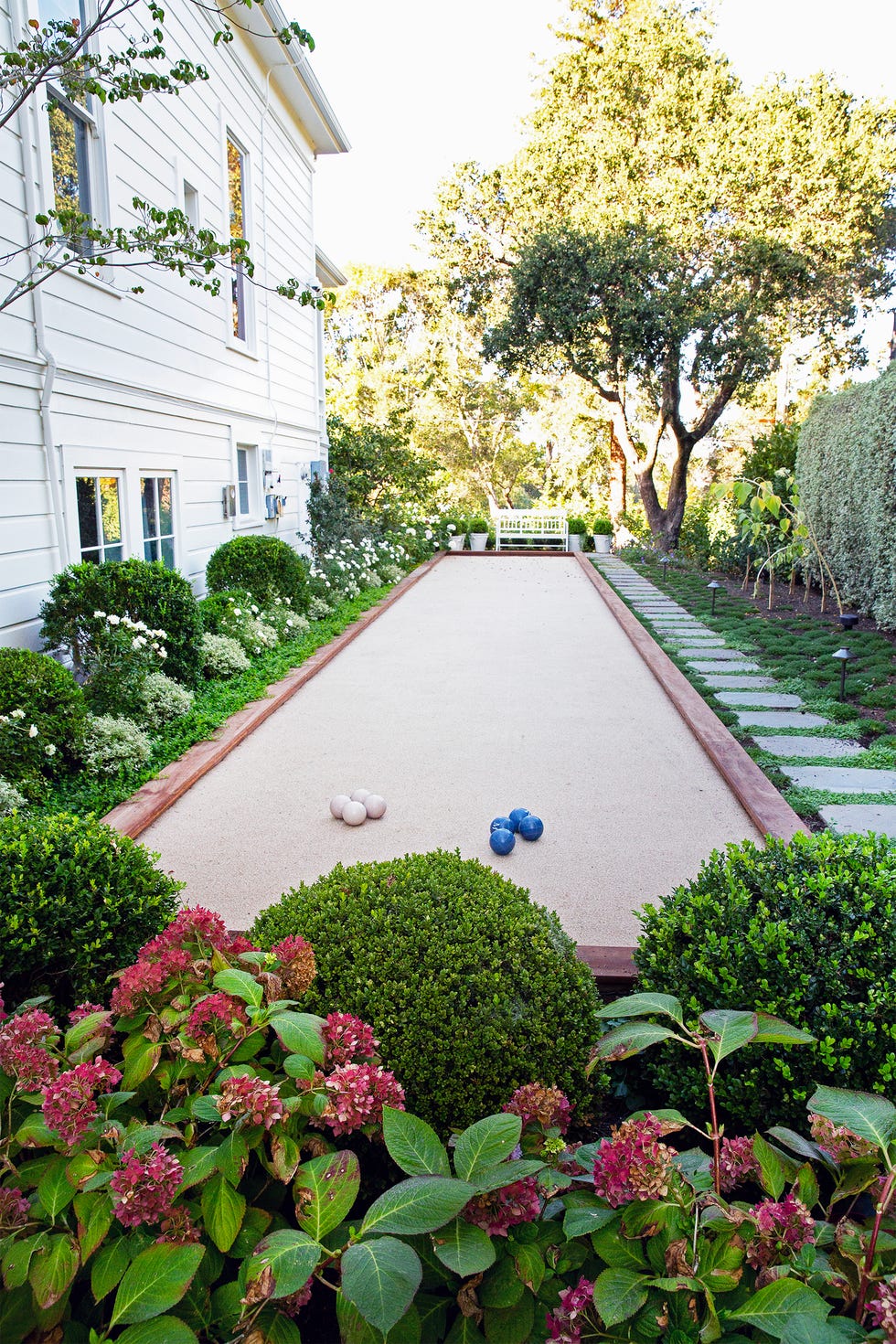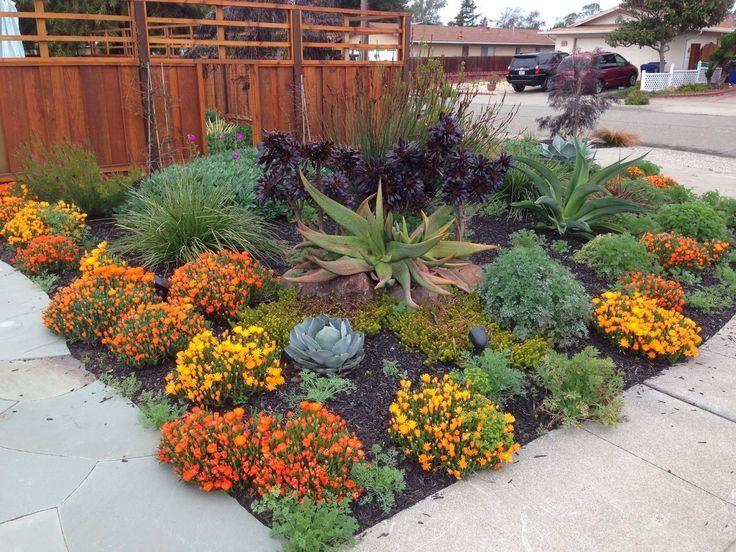Elevate Your Home's Visual With Lasting Landscaping Layouts and Eco-Friendly Practices

Benefits of Sustainable Landscaping
Implementing lasting landscape design methods not just preserves all-natural sources but likewise advertises biodiversity and enhances total environmental wellness. One considerable advantage is the reduction of water usage through the usage of drought-resistant plants, rainfall gardens, and efficient watering systems.
In addition, sustainable landscape design can boost dirt health by minimizing the usage of chemical plant foods and chemicals, thus developing a healthier environment for plant development and advantageous dirt microorganisms. This, consequently, improves the general strength of the landscape to endure ecological stress factors and environment modification impacts - bush removal Jacksonville. In addition, sustainable landscaping techniques can bring in varied wild animals, consisting of pollinators like and butterflies, fostering an extra dynamic and balanced ecological community within the residential or commercial property
Incorporating Native Plants
To build on the advantages of sustainable landscape design, a tactical focus on integrating indigenous plants can further enhance eco-friendly durability and advertise biodiversity within the landscape. Native plants are varieties that normally occur in a particular area and have actually evolved to grow in the local climate, soil conditions, and ecological community. By including indigenous plants in landscape design styles, residential or commercial property proprietors can lower water use, decrease the need for chemical pesticides and fertilizers, and sustain the local wildlife populace.
Integrating native plants likewise assists in maintaining the distinct character and identity of an area's plants. These plants commonly require less upkeep as soon as established, making them a sustainable and cost-efficient landscaping service in the future. Additionally, indigenous plants can attract indigenous pollinators like and butterflies, contributing to the overall health of the ecological community.
When choosing native plants for landscaping projects, it is necessary to pick species that are fit to the particular ecological conditions of the site. Consulting with herb yards or neighborhood baby rooms can offer valuable assistance on selecting the best indigenous plants for a specific location. By integrating native plants into landscape design designs, homeowner can create stunning, sustainable outdoor spaces that benefit both the environment and the area.

Water Conservation Strategies
Reliable watering approaches play an essential function in sustainable landscape design practices, making sure optimum water preservation initiatives in exterior spaces. Drip irrigation supplies water straight to the roots of plants, decreasing dissipation and drainage.
Along with innovative watering approaches, xeriscaping is an additional water-saving landscape design strategy that concentrates on utilizing drought-resistant plants, mulch, and effective irrigation to create a low-water landscape design - bush removal Jacksonville. By selecting native plants that are well-suited to the regional environment and dirt conditions, homeowner can decrease the demand for excessive watering, ultimately conserving water and promoting a sustainable exterior environment
Eco-Friendly Hardscaping Concepts
Enhancing outdoor areas with environment-friendly check my site hardscaping functions can contribute significantly to lasting landscape design techniques. Choose for materials like reclaimed wood, recycled concrete, or natural stone to decrease environmental influence when taking into consideration hardscaping aspects. These materials not only add an unique aesthetic appeal to your outdoor area yet additionally lower the requirement for new resources removal.
Carrying out absorptive paving options such as gravel or permeable concrete can help in reducing water runoff and advertise groundwater recharge. These options permit rain to permeate into the ground, preventing erosion and reducing the worry on stormwater systems.
Incorporating native plants right into hardscaping styles can additionally enhance eco-friendliness by supporting regional wild animals and lowering the requirement for excessive watering or chemical therapies. By including upright yards or eco-friendly walls, you can introduce extra plant life right into metropolitan setups, improving air quality and biodiversity.
Integrating energy-efficient lighting, such as solar-powered LEDs, right into hardscaping styles can lower power intake and lower your home's carbon footprint. Prioritizing environmentally friendly hardscaping concepts not only enhances the appeal of your outside area however likewise shows a dedication to ecological stewardship.
Upkeep Tips for Sustainable Landscapes
:max_bytes(150000):strip_icc()/2583801_toddd_49-1-bc209c65ca1a4917afe2f2cbc437027c.jpg)
Consistently trim plants to advertise healthy and balanced growth and stop overgrowth that can bring about pest infestations or conditions. Use organic plant foods to nurture the dirt and plants without damaging chemicals that can seep into the environment. For hardscaping elements, such as permeable pavers or rock paths, regularly clean them to protect against particles build-up and preserve their capability. By remaining aggressive with maintenance jobs, you can preserve the elegance and sustainability of your landscape for several years to find.
Conclusion
In verdict, sustainable landscaping techniques supply countless benefits for residential or commercial property owners, from improving the aesthetic allure of the surroundings to promoting ecological preservation. By integrating native plants, implementing water preservation strategies, and using green hardscaping concepts, property owners can produce stunning landscapes that are also eco accountable. With appropriate maintenance, lasting landscapes can add and prosper to a much healthier environment for both humans and wildlife.
Moreover, lasting landscaping can improve soil health by decreasing the use of chemical fertilizers and pesticides, thus developing a much healthier setting for plant development and valuable dirt organisms.To develop upon the benefits of lasting landscape design, a critical emphasis on including indigenous plants can additionally improve eco-friendly resilience and promote biodiversity within the landscape. By including indigenous plants in landscape design styles, residential or commercial property owners can decrease water usage, minimize the need for chemical pesticides and plant foods, and sustain the neighborhood wildlife populace.
These plants typically need less upkeep when established, making them a sustainable and economical landscape design service in the lengthy run. By incorporating indigenous plants right into landscaping designs, property proprietors can produce lovely, lasting exterior areas that profit both the neighborhood and the environment.